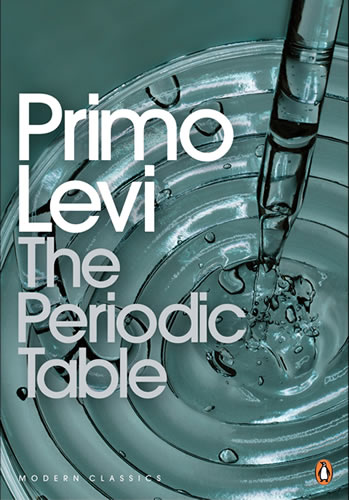It’s a clever turn of phrase, really. I first saw it in use here.
The chemist-turned-Holocaust-memoir-writer Primo Levi has a story about a time he was working at a chemical plant that made varnish. He was surprised to find that in addition to the chemicals he expected, the varnish formula also called for a raw onion. At first, he could find no reason as to why a raw onion had to be added; there wasn’t anything in onions that was needed in varnish, and even if there were, a single onion would be too little for a large industrial vat.
After doing a little research, Levi found out that his predecessors used to toss an onion into the varnish as a simple and inexpensive way of testing its temperature. If the mixture was hot enough, the onion would fry. With modern equipment, the need for the onion had vanished, but for reasons they no longer knew, it had become part of the recipe.
This past Saturday morning in New York City’s Union Square, it occurred to me that I have at least one onion in the varnish.
Recommended Reading
The Periodic Table by Primo Levi. Originally published in 1975, this is a set of stories in which the each of the first 21 elements of the period table are used as the central metaphor for a short story about Levi’s Holocaust experiences.
Olfactory titration. Titration is a process often used to measure the acidity (or alkalinity) of a solution by adding a base (or acid) to an acid (or base) mixed with an indicator chemical and watching for visible change. In olfactory titration, you use you nose rather than your eyes, and in this particular case, you use an onion.
Onion Networks. My friend and former co-worker Justin Chapweske’s consulting firm. Go hire him!
City Bakery, New York. Damned good onion rings!
